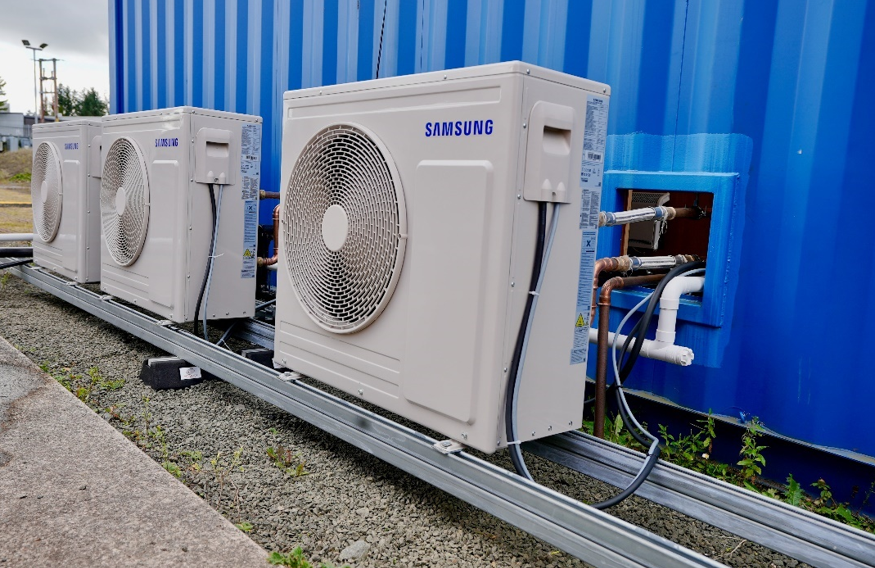Headline capacities at offshore wind farms make the cost of delays substantially higher than a decade ago and slimmer margins in today’s economic environment mean delays can make the difference between profit and loss up and down the supply chain.
According to a new whitepaper from Shoreline Wind, an urgent transformation in offshore wind project management is now needed to reduce these delays.
How Developers Can Reduce Construction Delays at Offshore Wind Farms, explores the potential construction delays in offshore wind, which are numerous and complex. These include inclement weather, vessel availability, supply chain delays and constraints, accidents, and even regional challenges, such as Taiwan's seabed conditions and typhoons.
Recent high-profile delays include the SSE Renewables' Dogger Bank A project, originally scheduled for 2024, being postponed by a year due to adverse weather, vessel shortages, and supply chain problems. Similarly, a shortage of installation vessels forced Ørsted to cancel two of its offshore wind farms off New Jersey in November 2023.
New technologies like floating foundations, larger and more complex turbines, port infrastructure constraints, skills shortages, and escalating equipment and construction costs are adding additional layers of complexity and uncertainty.
The whitepaper urges the industry to abandon its historic reliance on antiquated and disjointed project management and planning systems. Instead, it advocates for the adoption of comprehensive platforms designed specifically for the industry, which allow developers to quickly produce digital simulations of their construction projects, incorporating new parameters within minutes instead of days or weeks.
Admittedly, Shoreline Wind is a supplier of such systems, but in the paper Simon Rasmus Jacobsen, senior consultant at Heron Energy, agrees: “Many companies still rely on simple word processing documents or spreadsheets to plan and communicate about projects. Some developers have tried to avoid these problems by building their own in-house software systems, but these can make it hard to respond to delays as they are more focused on reporting about progress than planning for changes.”
© 2019 Perspective Publishing Privacy & Cookies







Recent Stories